Disaster prevention, safeguarding lives.
Toronto and Region Conservation Authority (TRCA)
The TRCA is one of Ontario’s 36 conservation authorities, is dedicated to safeguarding, enhancing, and restoring the natural integrity of the Toronto region’s waterways, land, and biodiversity through collaborative efforts, informed decision-making, and sustainable actions.
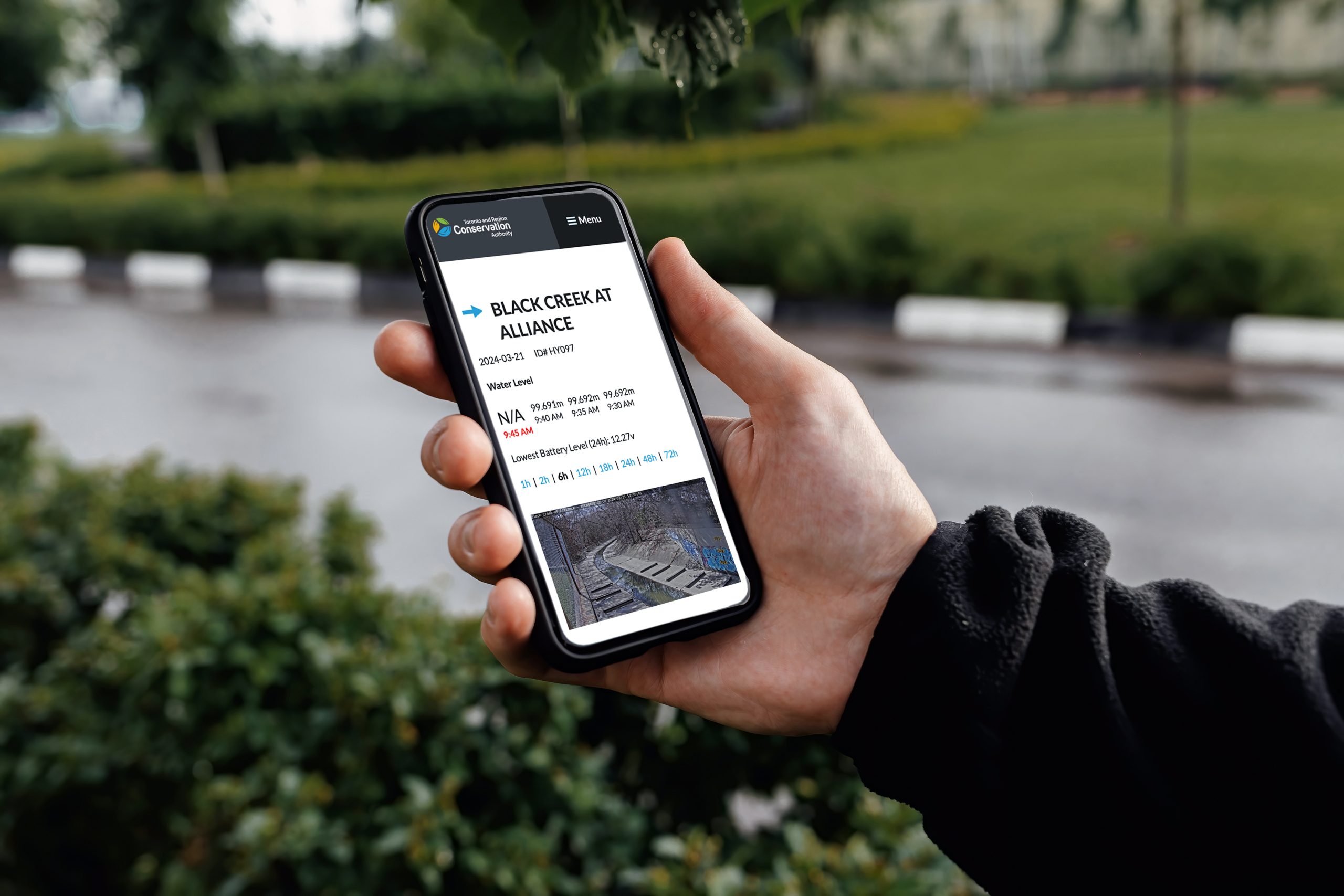
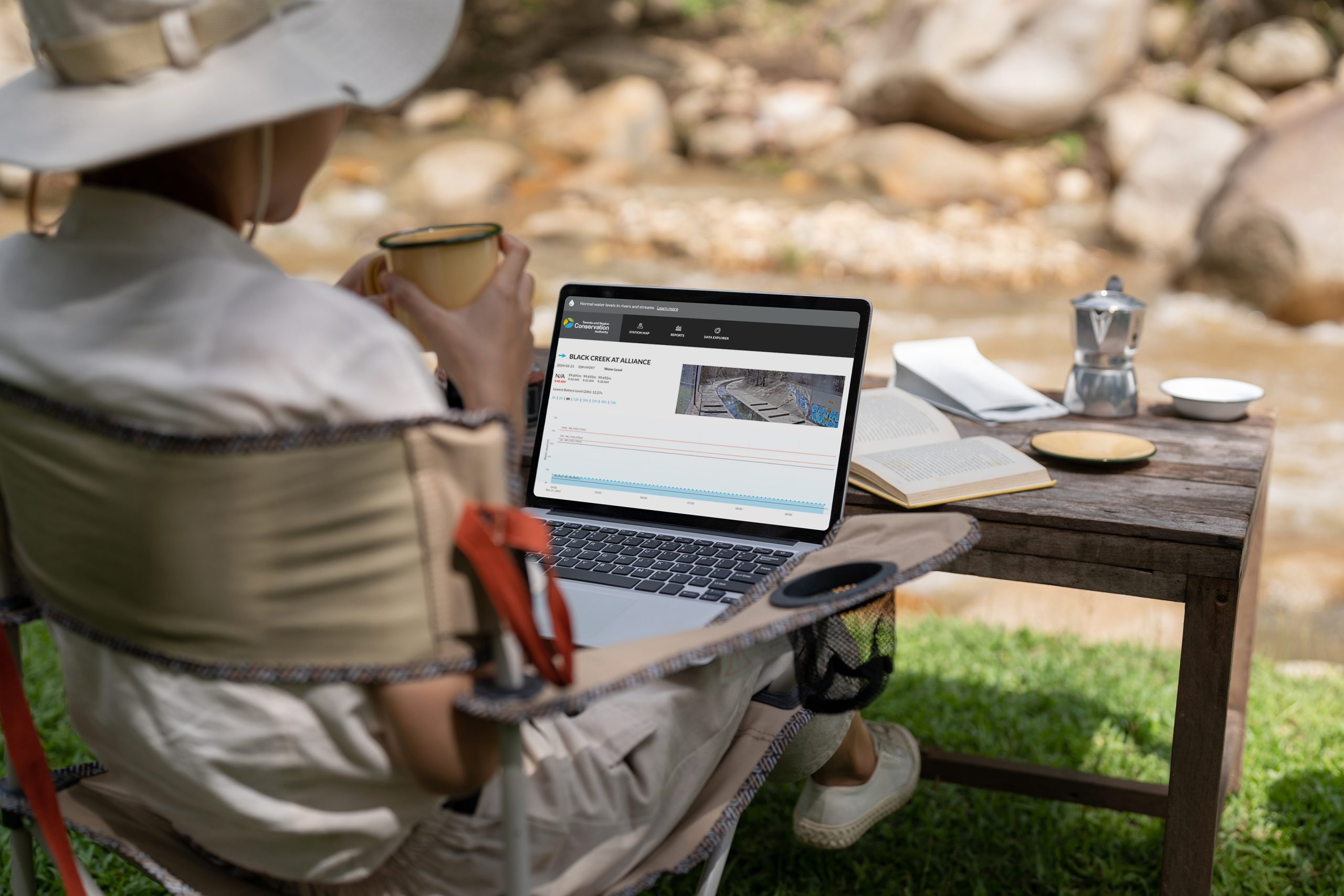
Blue Goose was commissioned by the Flood Monitoring department of the Toronto & Region Conservation Authority (TRCA) to transition their existing flood management and gauging system from a basic data display platform to a comprehensive decision support tool. This new system aimed to enhance the speed and quality of decision-making, ensure public safety, and boost confidence in the government’s ability to manage flood risks effectively. The initiative was driven by the need to fulfill public duty, provide accurate and timely information, and comply with accessibility standards. The Flood Team was planning a major infrastructure overhaul from Sutron to Aquarius in the next eighteen months and their existing system would not be able to integrate effectively.
The platform’s success was contingent on its performance during a major flood event, which would serve as a critical test of its impact and effectiveness. To ensure a smooth transition, the old system would need to run concurrently with the new platform for at least six months. This dual operation period was essential to verify data accuracy and provide a buffer as the team transitioned to new gauging hardware.
The existing system was outdated and was ready to be decommissioned because it was unable to keep up with the evolving needs of the internal flood team and municipal partners. The flood team, primarily composed of engineers from various disciplines, including hydrological engineering, presented significant knowledge gaps that required careful collaboration. We needed to work closely with the internal team to understand the subject matter and the nuances of their decision-making processes.
To bridge these gaps and ensure the project’s success, we engaged a third-party hydrological engineer. This partnership was crucial not only in respecting the client’s time but also in gaining a deeper understanding of the specific questions to ask, the relevant jargon, and the best approaches to align project goals with team workflows and usability best practices. The planned upgrade to new monitoring technology required a Progressive Web Application that could integrate with evolving hardware and flood management practices. The previous process relied heavily on manual data entry and analysis, which consumed valuable time and resources. The new system aimed to free the team from these burdens, allowing them to focus on critical decision-making rather than on manual calculations and data drafting.
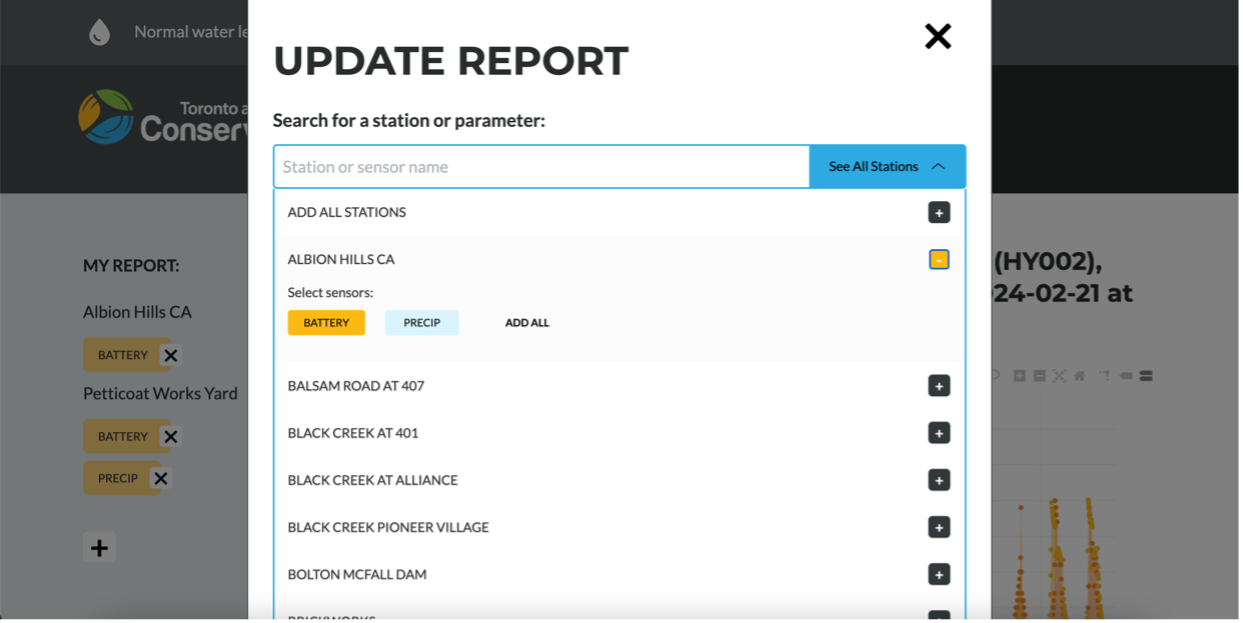
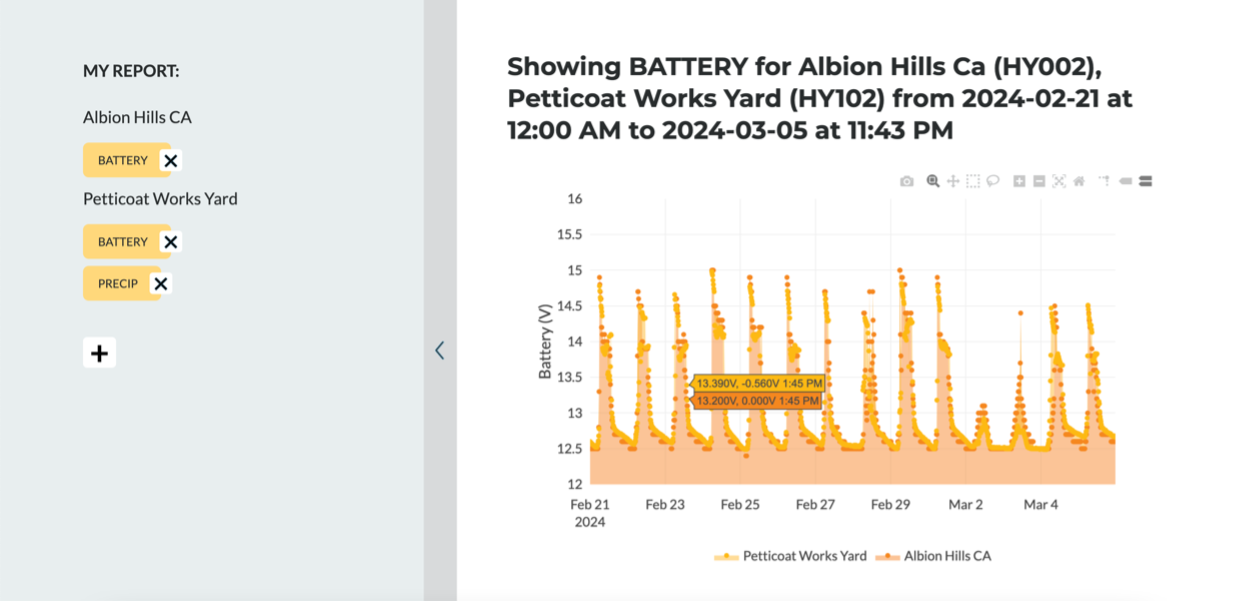
The project began with a thorough discovery phase to ensure a deep understanding of the internal processes and the critical nature of decision-making within the flood management team. We started by assimilating internal documentation, including a comprehensive decision-making playbook, recognizing that the consequences of poor decisions could result in loss of life and significant property damage. Stakeholder interviews were conducted to understand the varied roles within the team, followed by job shadowing to observe these roles in action. To gain buy-in for the new system and understand how stakeholders digest complex information under different circumstances, we held design workshops.
The insights gathered during this phase were instrumental in drafting use cases and conducting thorough user story workshops, which helped define the layers of project scope with granular precision. We created detailed flowcharts of decision trees and corresponding processes, streamlining development. Collaborating with the TRCA team, we also developed a series of charts that clarified the types of visualizations that would be most valuable, ensuring that the system would meet the team’s needs.
The design process began with wireframes for a single user journey to ensure that the information displayed was logical and relevant across the various use cases. We applied systems thinking and the concept of bunching similar information together to enhance clarity and usability. Given the complexity and granularity of much of the information presented, the design was approached incrementally, with numerous iterations for this initial journey setting the standard for other journeys as the project evolved. We conducted multiple rounds of revisions in close collaboration with the steering committee. As additional use cases emerged, they were seamlessly integrated into the design system Blue Goose had crafted as the foundation of the project.
During development, we documented third-party API endpoints for both the existing system and the desired system, Aquarius. The existing system was running slowly, necessitating a complete re-architecture of the database to improve efficiency. Blue Goose also developed an API web service dedicated to providing all application logic through a RESTful API interface, powering the frontend React PWA.
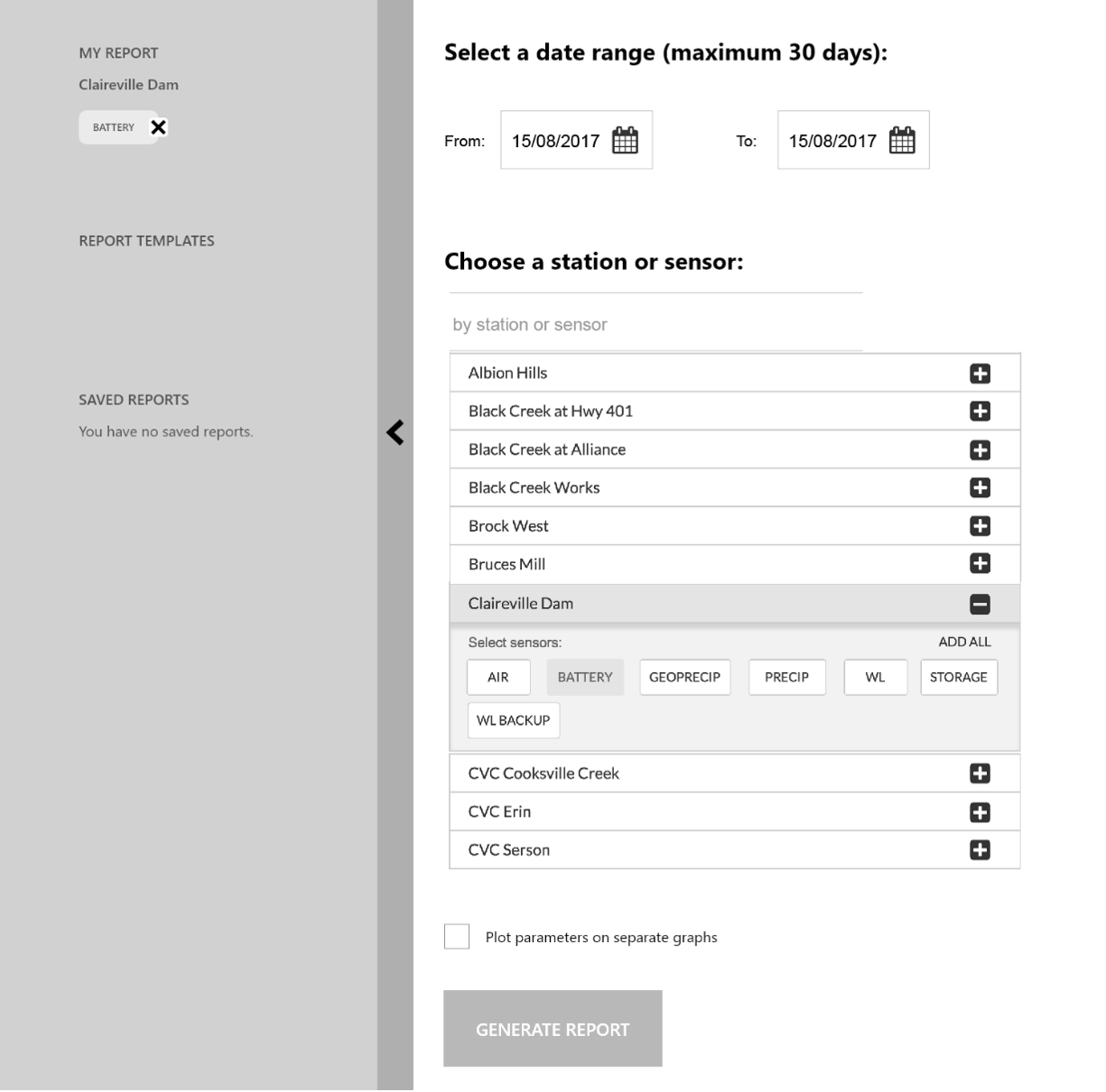
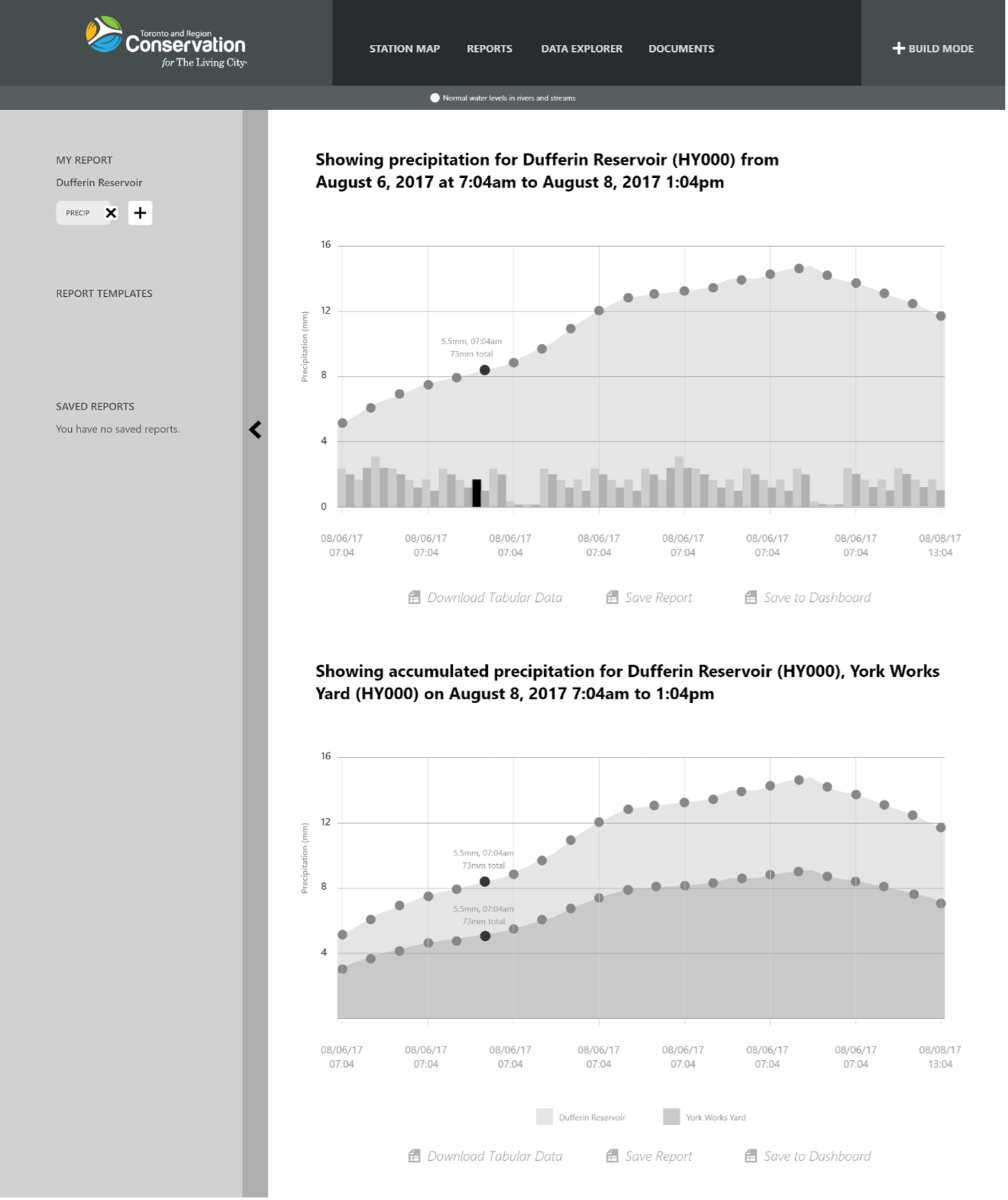
The frontend React PWA, which was designed with a modern and responsive interface adhering to TRCA’s brand guidelines, became a cornerstone of the system. Test-driven design was employed throughout the development process, allowing for quick identification and resolution of bugs as new features were added, which significantly increased the quality of the codebase. Additionally, we implemented unit tests, a robust bug logging system, and comprehensive documentation and training to ensure that the system was not only effective but also maintainable and user-friendly.
Customizable dashboards are a standout feature of the system, allowing users to create tailored reports, gauges, and calculators through an intuitive drag-and-drop interface. This functionality enables easy configuration and reorganization of dashboard elements, ensuring that critical data and tools are always accessible. To further streamline the user experience, we preconfigured dashboard templates based on specific roles within the flood management team, offering a curated selection of relevant tools that align with their responsibilities. This combination of customizable and role-based templates enhances usability, enabling the team to quickly adapt their dashboards to meet the evolving demands of their work.
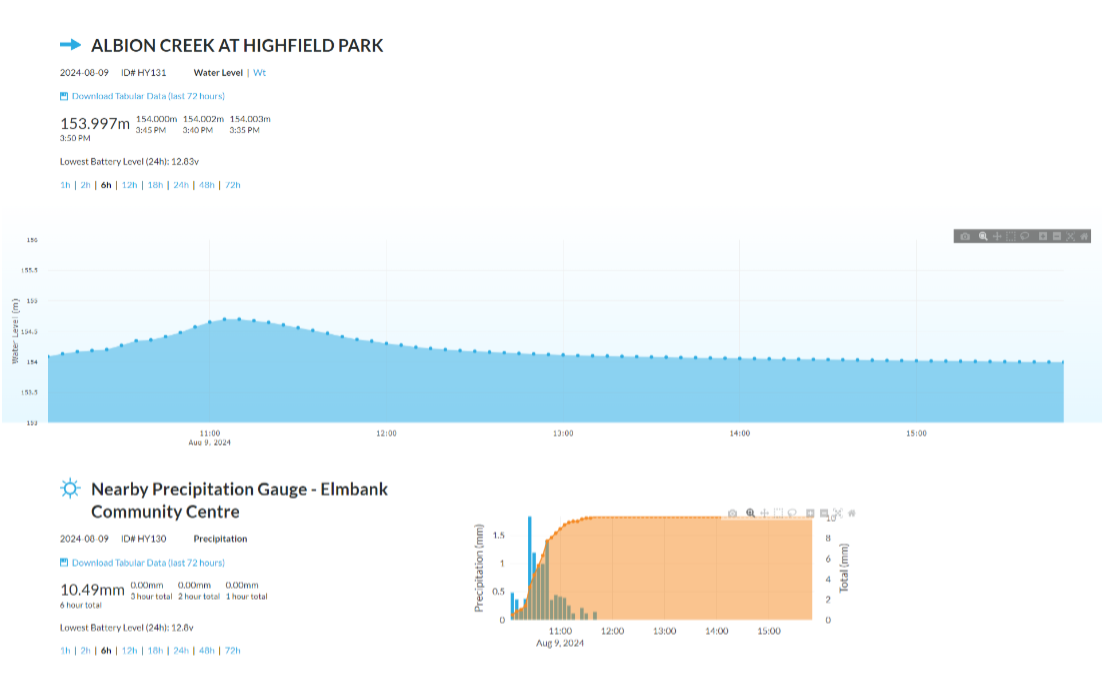
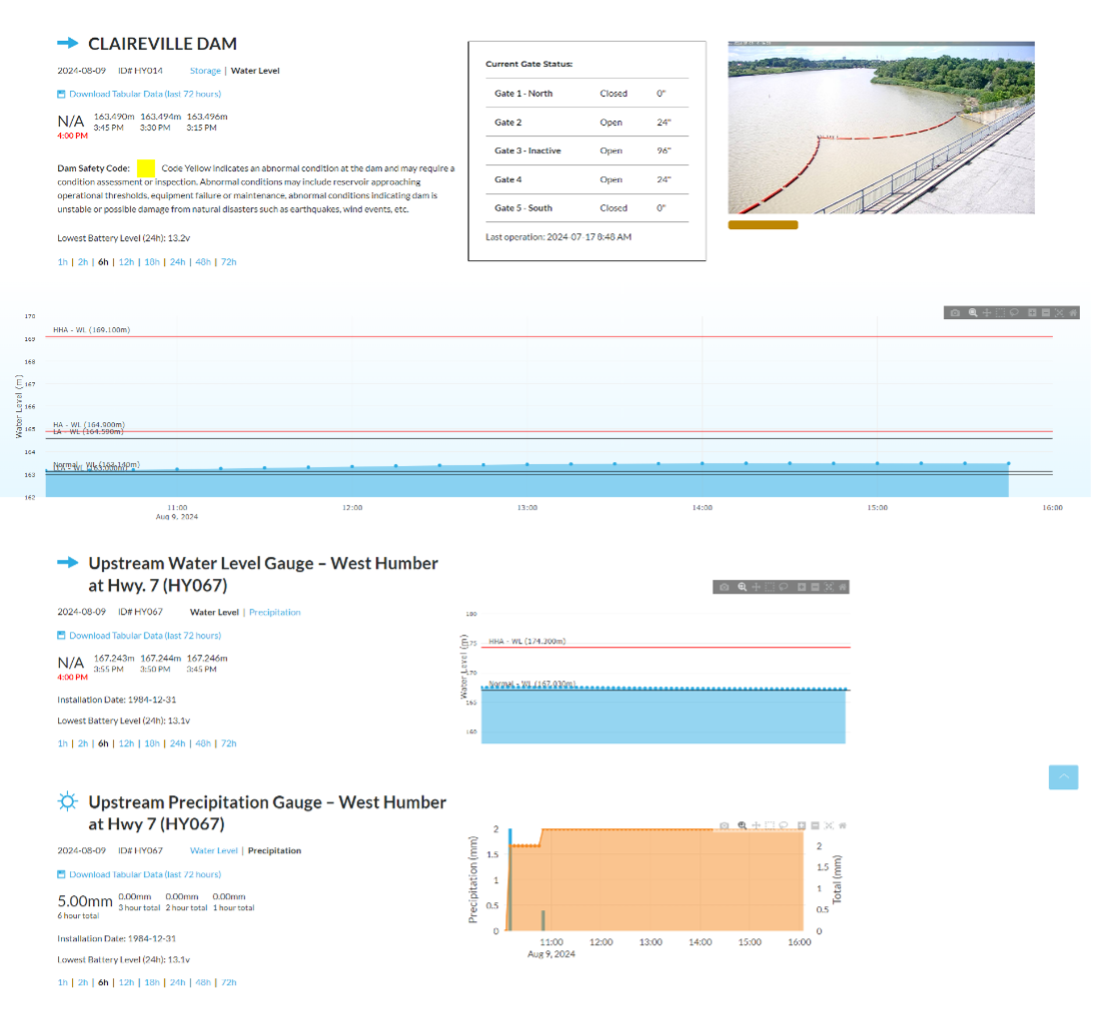
The implementation of the new flood gauging PWA has integrated seamlessly into the daily planning cycle, significantly reducing the time required to make accurate decisions across various processes. By incorporating dam-specific metrics, including ten targeted questions, the system enhances decision-making precision. Additionally, the broader access to reports and data not only supports academic research and partnerships with post-secondary institutions but also alleviates the internal team’s burden of manually facilitating data requests, thereby freeing up valuable capacity.
